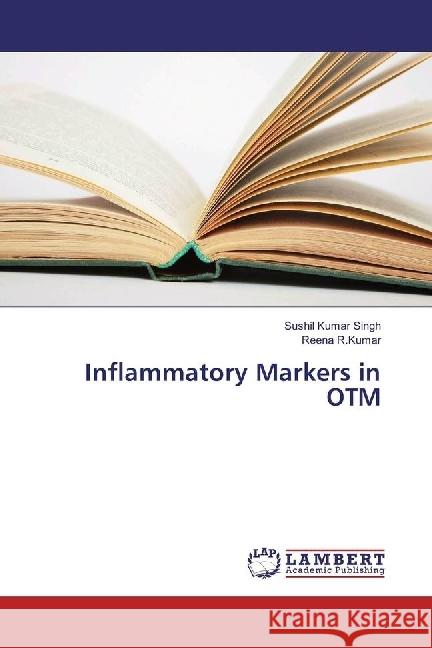Inflammatory Markers in OTM » książka
Inflammatory Markers in OTM
ISBN-13: 9783330330825 / Angielski / Miękka / 2017 / 76 str.
It is a well documented fact that orthodontic tooth movement (OTM) is a periodontal ligament phenomenon. Orthodontic forces are generated by orthodontic wires, brackets, springs and other auxiliaries. These forces are transmitted to the periodontal ligament cells (PDL), nerves, blood vessels, PDL fibres and extracellular components; which in turn effect structural remodelling of the alveolar bone resulting in socket remodelling - bringing about OTM. Clinically, OTM is described as rapid or slow movement, based on the orthodontic forces and may be classified as heavy or light. Hence the concept of optimum orthodontic force values comes to play, producing best histologic and clinical outcomes. Optimum orthodontic force, as defined by Oppenheim1 (1911), and Schwarz2 (1932) results in change in tissue pressure which approximates capillary blood pressure bringing about frontal resorption and preventing occlusion of the vessels avoiding large necrotic areas.











